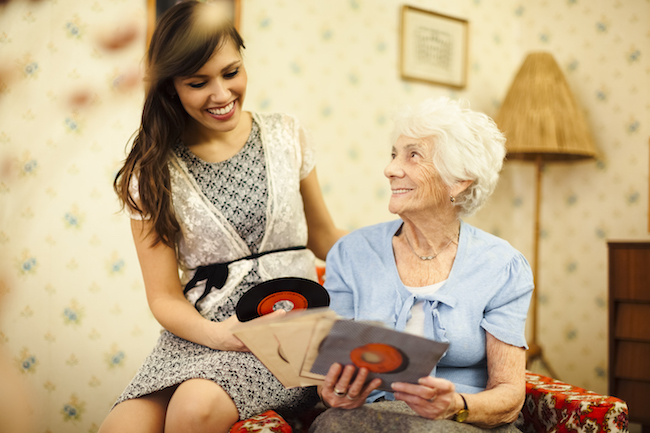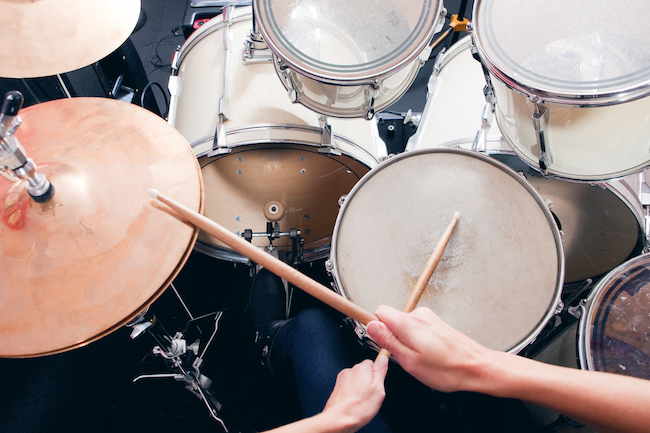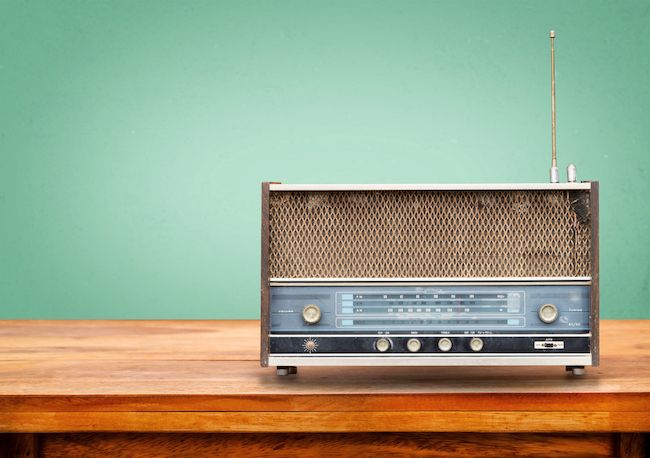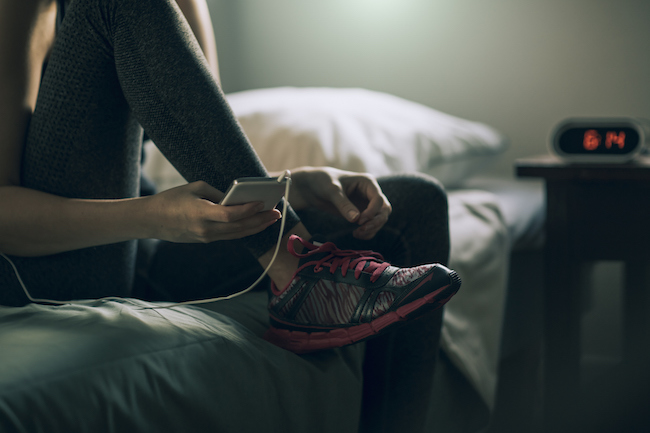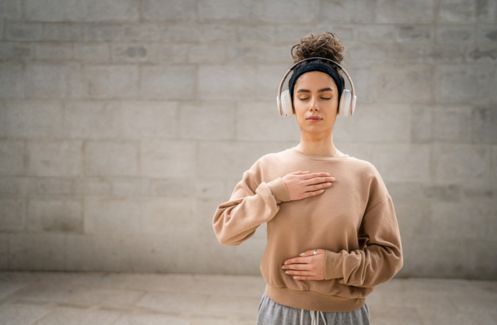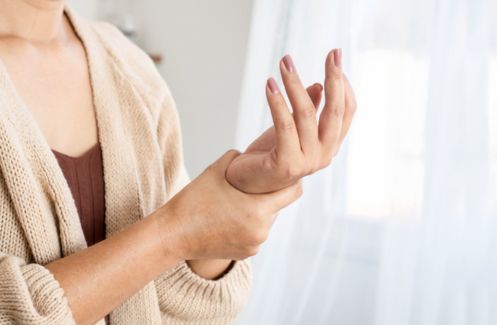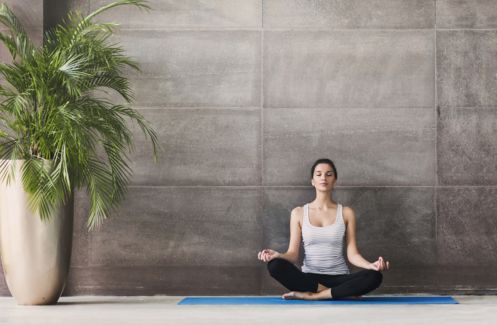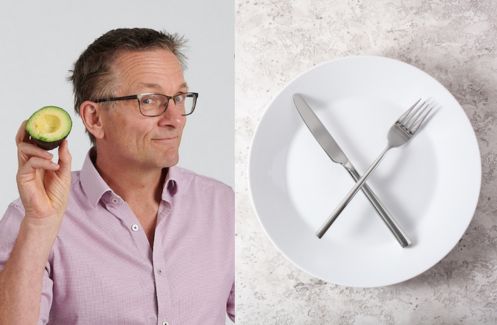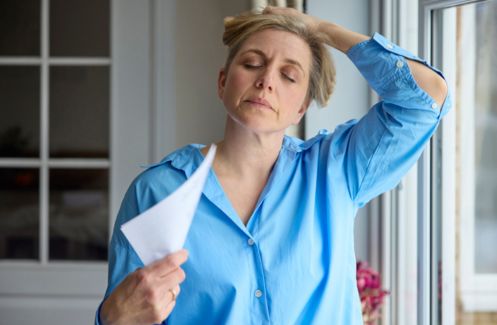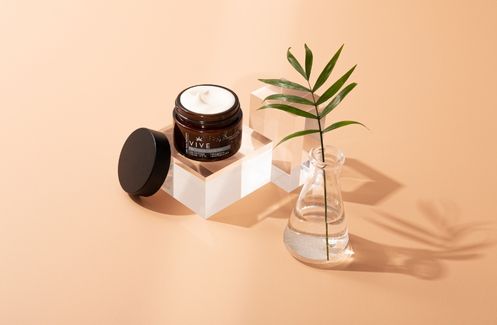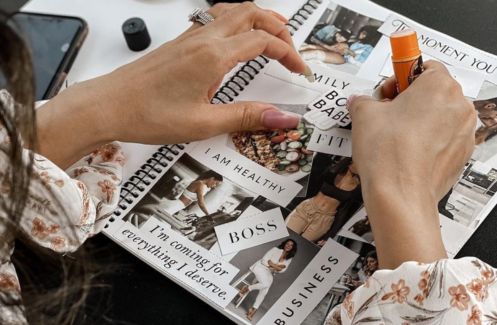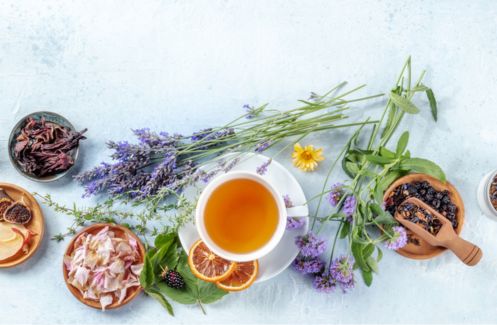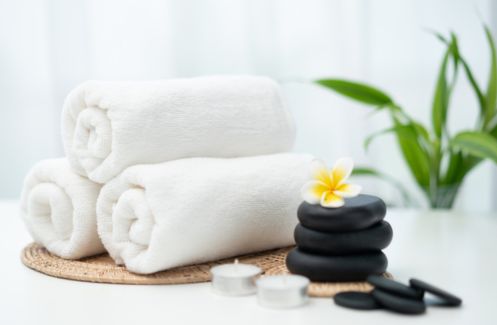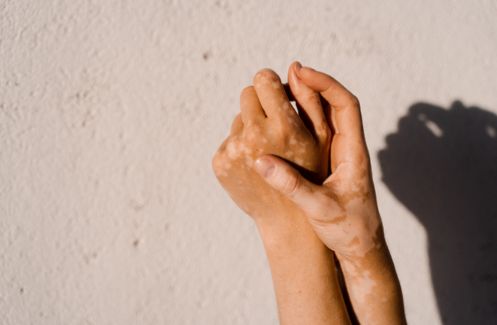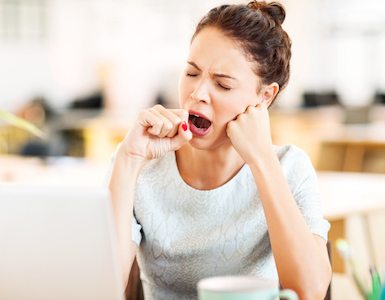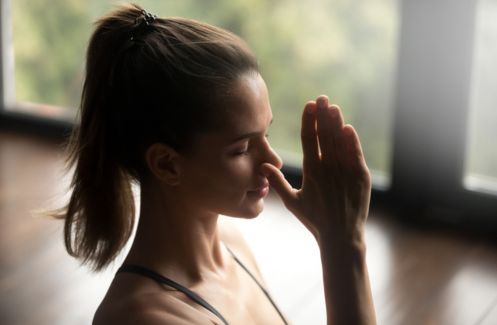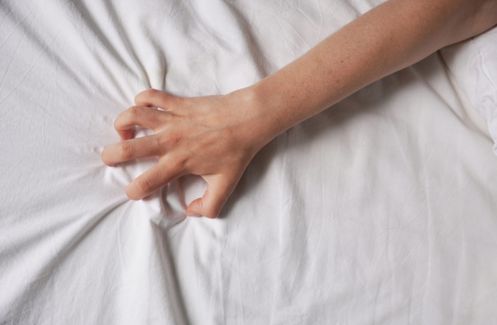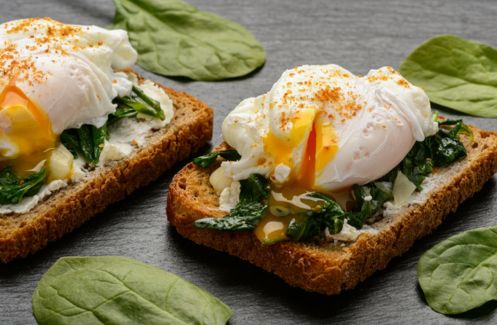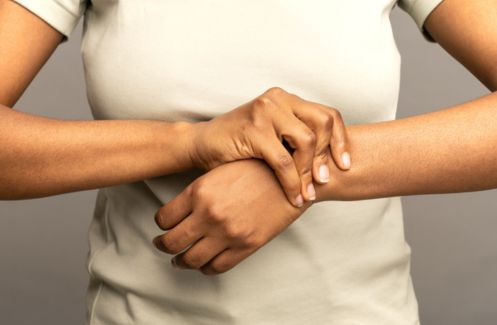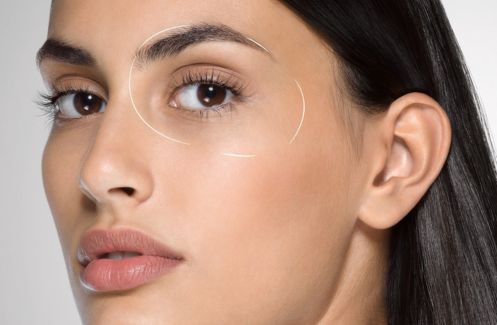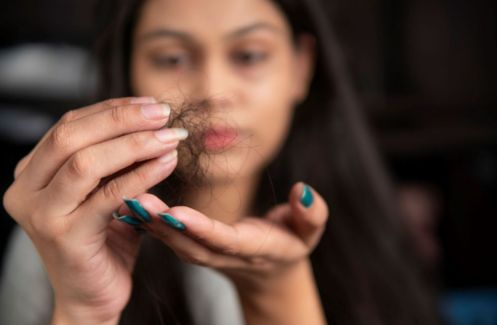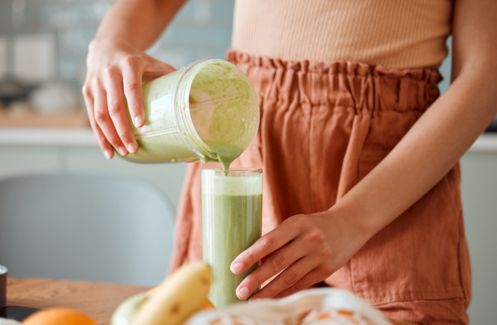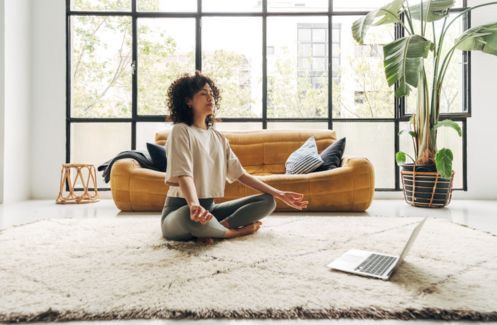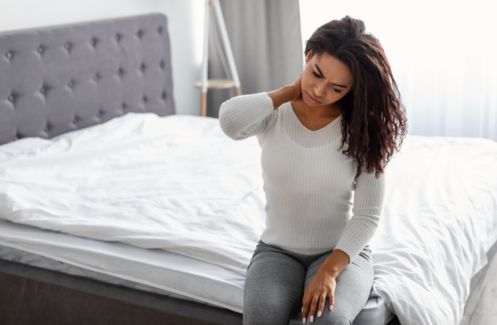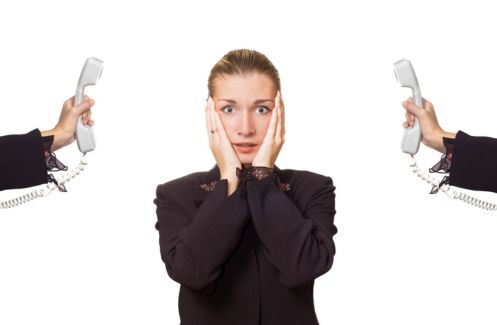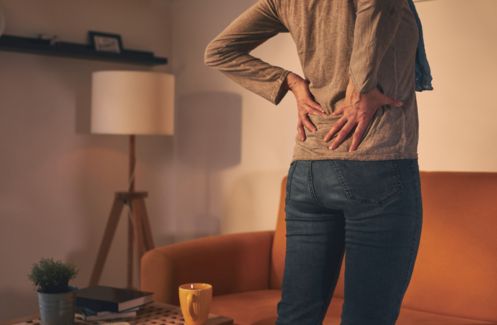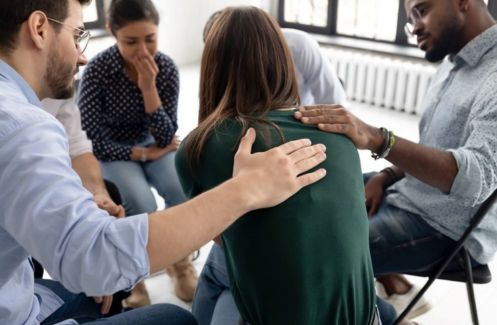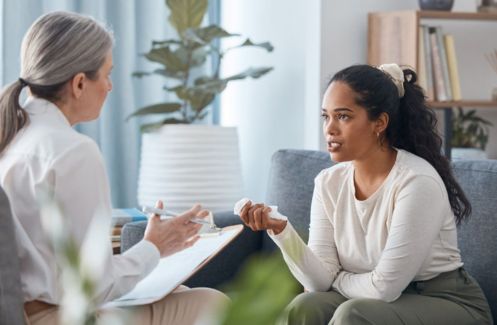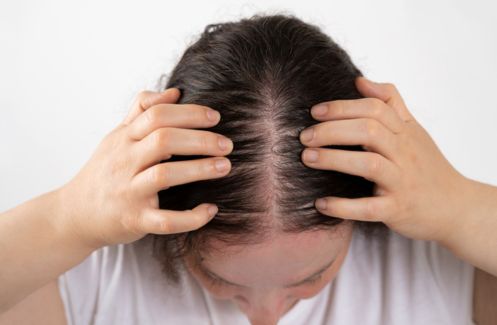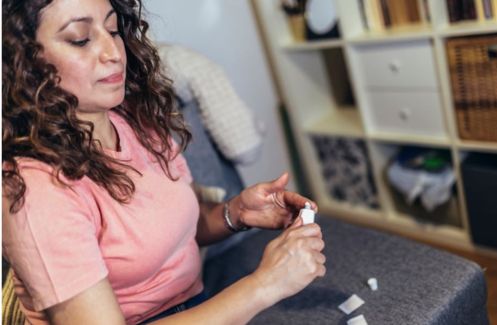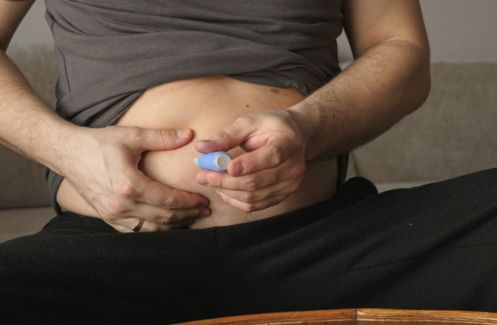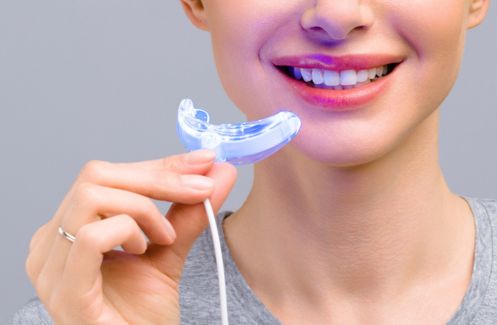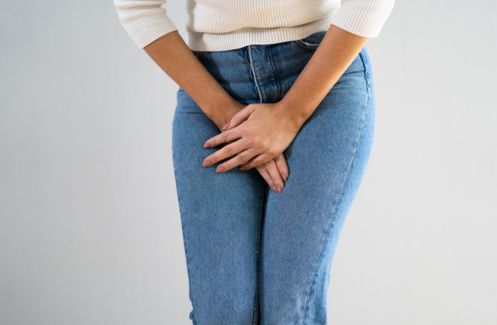Want to feel better fast? Pick a tune or instrument. Music therapist Dr Stella Compton-Dickinson has a guide to how music affects mood
Whether it’s heartbreak or celebration, we instinctively use music to change or deepen the ways we’re feeling and that’s why music can be used in psychotherapy and for self-help. The art lies in finding the right sort of music that connects with your mood. This is what music therapists like myself do with their clients. Thankfully, you don’t need to be musical or a skilled musician to use music to help your performance or to enhance your mood. Here are some guidelines to help you try it for yourself.
HOW MUSIC AFFECTS MOOD
For: MEMORY
Try: A song that brings back memories
Pre-recorded music has associations to times and places. If we hear a song it can bring back all those old feelings; romantic, sad, happy or funny. Music can make us feel nostalgic and it can make us laugh or cry, feel warm and loving or uncomfortable and full of regret.
When working with elderly people who are suffering memory loss, if they hear a favourite old song it can bring back happier times. They often recall the lyrics too and then often share their memories as a result. Music helps older have a sense of continuity across their lifespan and that can help orientate and remind them of all that they have done decade by decade.
For: ANXIETY
Try: Drumming or beat boxing
We all have a different inner pace or rhythm. Anxiety disrupts this because it triggers the instinct to take flight. Anxiety is a response to fear and really, amounts to bottled up unexpressed energy that can trigger fight, flight or freeze instinctual responses. During this response the muscles can tighten up as if to prepare us to fight or to run. If provoked, scary feelings such as anger, are hard to express safely without anyone getting hurt. This involves discovering the difference between assertiveness and aggression. The latter is not good as it can lead to violence, but assertiveness can involve creative physical activity to release this caught up energy. Music can help with this.
Try learning the drums or beat boxing to relieve tension or the symptoms of anxiety. Initially this might feel embarrassing if others are listening, but you can do this on your own to start with. African Djembe drumming gives direct contact between the hands and the skin head of the drum, through which you can feel the healing vibrations. Beat boxing is a form of vocal percussion that uses the lips, tongue and voice to produce vibrations that create sound. Both mediums involve release through energetic, physical movement and sound and this can distract you from the repetitive worrying thoughts that come with anxiety.
For: FOCUS
Try: Your favourite playlist or learning an instrument
If you have an obsessive-compulsive streak you may be good at focusing but not so good at going with the flow. If you feel stuck this is often a trap in which you are anxiously avoidant meaning you constantly feel you should go back into a situation. But the longer you leave this the worse it gets.
Listening to your favourite play list can help to settle your heart rate and distract you from disturbing external noises, especially if you focus on your breathing as you listen. In this way you can take stock of your surroundings and feel more comfortable.
Listening to your favourite play list can help to settle your heart rate
Focus and resolve is improved through patiently discovering how to co-ordinate the different aspects of playing an instrument. Holding a beat, then learning the fingering, whilst blowing a wind instrument or bowing a string instrument needs to be built up gradually. Imagine being just one cog in the wheel of the human machine that is a band or orchestra. This demands a focus on your own music as well an ability to listen to how it all fits together so that you are aware of all that is going on around you. This is a discipline that involves multi-tasking, but it can help to you to focus and discover how to go with the flow of the music whilst connecting to others. This is great in helping you overcome the fear of unpredictable things occurring over which you have no control.
For: MOTOR SKILLS
Try: Gentle singing
Rhythm is central to the improvement of motor skills when using music to help people who suffer with Parkinson’s Disease. Try singing a gentle tune if you need to help a person with Parkinson’s to walk. The chances are that their short and shuffling gait will extend towards becoming proper steps if you find a suitable mood, tempo and song that suits them. Music is used in physical training to help with motor skills by working on diagonal co-ordination, balance, eye co- ordination and muscle memory by connecting the mental and physical processes. The tune needs to have a gentle marching ‘one two, one two’ rhythm, but make sure you tune in to the individual’s capacity to move as the starting point. Ideally, it should be something that the individual will remember and connect to as well, maybe from their past.
For: DEPRESSION
Try: Classical music
In Darkness Visible: A Memoir of Madness American author William Styron’s autobiographical account of his struggle with depression he describes how in desperation he planned to shoot himself, but at the last minute he heard the music of the German composer Johannes Brahms and this saved him. His life began to mean something and he found solace in the melancholic and uplifting moods of Brahms’s German Requiem.
If you suffer with insomnia or ‘the Blues’ this may be linked to stress and anxiety or to early morning wakening which is a symptom of depression. If you wake up too early feeling afraid, sad or lonely, try putting the radio on for company – then you may feel less alone. Have the volume just low enough to hear and choose your favourite radio station. For example, Classic FM is good at playing music that matches the general mood for the time of day as well as news. You may then drift in and out of listening to what is happening in the world as well as snoozing, and this can take you out of your isolated state. It sounds odd but it can work.
For: ACADEMIC PERFORMANCE
Try: Practising a musical instrument
Practising a musical instrument is associated with enhanced verbal ability, the ability to work things out and improved motor co-ordination. This is because a lot of components and hours of discipline are involved in becoming musically accomplished.
For example, an eleven-year-old boy, Lenny (not his real name), I was working with had just scraped into the school where I taught. He had tried the drums at primary school and they’d done nothing for him. But a child needs to find the right quality of tone in choosing his instrument. Lenny was an unusual and sensitive kid, he didn’t seem to have a sense of rhythm, and so I worked to instil a steady pace with him demonstrating firstly so that he could copy me. Lenny learned the oboe with me (that is my specialist instrument) which involves very mindful breathing with a much slower out breath than in breath which may help performance. Even when he had learnt only two notes we could play a duet together as I created harmony around his two long notes. He learnt to read music whilst feeling safe and supported, at the same time as blowing and moving his fingers. There is a lot to think about. By the end of his first year he had moved academically from the bottom of the lowest set in his year into the top set. Individual instrumental lessons gave him the confidence he needed to be better co-ordinated physically, with improved attention span and mental processing.
For: EXERCISE MOTIVATION
Try: Anything you like at 145 beats per minute
For many people, the right play list is an essential part of their training routine and reduces negative feelings about exercise. Research has shown that music can sustain activity for longer as well as help distract from pain and fatigue. Choosing music you actually like and enjoy is the essential first step, research has found, perhaps because enjoying music will make you feel comfortable and this will help enhance performance. It’s pleasurable so can distract you from any pain caused by the workout. That’s why finding songs that have the right emotional effect for you is important. For some people the lyrics matter most, for others it is the rhythm response – which creates the desire to want to move.
Smartphone apps such as Songza and jog.fm match the tempo of your workout to your running speed, synchronizing your body and the activity have chosen to the music, and this process can use less energy and help improve your performance.
Research into popular songs over three decades has shown that the most common pulse was 120 beats per minute (BPM) for people exercising moderately. That is two beats per second. Though your BPM, for example on a treadmill, may increase 160 BPM research suggests that after 145 BPM, a kind of ceiling effect occurs on motivation and that there’s no real added benefit to performance beyond that. So, no need to get too fast on your beats. You will know instinctively when music is motivating you during your workout, so experiment.

(Jessica Kingsley Publishers), and has her own private psychotherapy practice and twenty years’ experience in the National Health Service as a Clinician, Head of Arts Therapies and Clinical Research Lead her research was awarded the 2016 Ruskin Medal for the most impactful doctoral research. Find her on Facebook, Twitter or LinkedIn.
Like this article? Sign up to our newsletter to get more articles like this delivered straight to your inbox.




